-
 Bitcoin
Bitcoin $107,352.1067
0.28% -
 Ethereum
Ethereum $2,429.3531
-0.90% -
 Tether USDt
Tether USDt $1.0001
-0.02% -
 XRP
XRP $2.1894
4.62% -
 BNB
BNB $646.7968
0.36% -
 Solana
Solana $147.4290
4.03% -
 USDC
USDC $0.9998
-0.02% -
 TRON
TRON $0.2756
1.52% -
 Dogecoin
Dogecoin $0.1630
1.14% -
 Cardano
Cardano $0.5612
1.18% -
 Hyperliquid
Hyperliquid $37.0580
-0.05% -
 Bitcoin Cash
Bitcoin Cash $496.9410
-0.09% -
 Sui
Sui $2.7318
3.19% -
 Chainlink
Chainlink $13.1503
0.58% -
 UNUS SED LEO
UNUS SED LEO $9.0766
0.55% -
 Avalanche
Avalanche $17.7220
1.46% -
 Stellar
Stellar $0.2380
1.52% -
 Toncoin
Toncoin $2.8439
0.38% -
 Shiba Inu
Shiba Inu $0.0...01143
1.84% -
 Litecoin
Litecoin $85.8053
1.47% -
 Hedera
Hedera $0.1483
2.70% -
 Monero
Monero $314.3240
2.12% -
 Bitget Token
Bitget Token $4.6725
0.77% -
 Dai
Dai $1.0000
0.00% -
 Polkadot
Polkadot $3.3555
1.28% -
 Ethena USDe
Ethena USDe $1.0001
0.02% -
 Uniswap
Uniswap $7.0890
2.64% -
 Pi
Pi $0.5355
-3.40% -
 Pepe
Pepe $0.0...09393
1.06% -
 Aave
Aave $256.8136
-1.90%
How to set up price alerts on Coinbase? Real-time monitoring of market fluctuations
Setting up price alerts on Coinbase helps investors stay informed about market fluctuations, enabling timely decisions when cryptocurrencies reach set price thresholds.
May 11, 2025 at 07:28 am
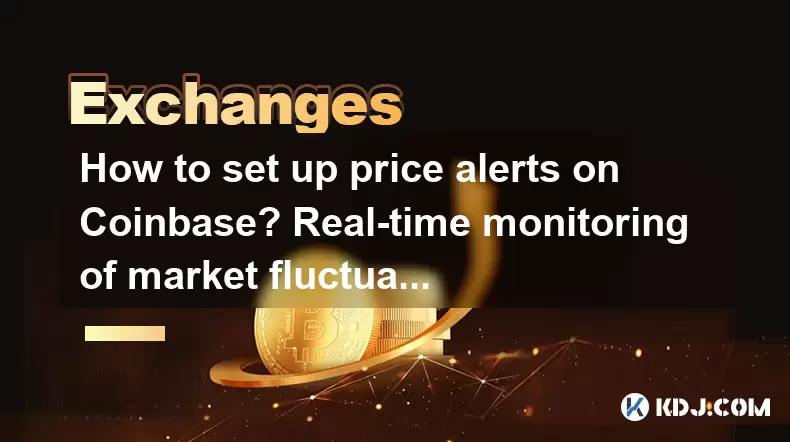
Setting up price alerts on Coinbase can be an essential tool for investors looking to stay on top of market fluctuations. By configuring these alerts, you can receive notifications when your preferred cryptocurrencies reach specific price thresholds, enabling you to make timely decisions. In this guide, we'll walk you through the detailed process of setting up price alerts on Coinbase and discuss how to effectively monitor market movements in real-time.
Understanding Coinbase Price Alerts
Coinbase offers a feature that allows users to set price alerts for various cryptocurrencies listed on the platform. These alerts can be customized to notify you when a cryptocurrency's price hits a certain level, either above or below your set value. This functionality is crucial for investors who wish to buy or sell at specific price points without constantly monitoring the market.
Prerequisites for Setting Up Price Alerts
Before you can set up price alerts on Coinbase, you need to ensure you have the following:
- A Coinbase account: You must be registered and logged into your Coinbase account.
- The Coinbase mobile app: Price alerts are primarily set up through the mobile application, available on both iOS and Android devices.
- Enabled notifications: Ensure that your device's notification settings allow Coinbase to send you alerts.
Steps to Set Up Price Alerts on Coinbase
To set up price alerts on Coinbase, follow these detailed steps:
- Open the Coinbase App: Launch the Coinbase mobile app on your smartphone.
- Navigate to the Asset Page: Select the cryptocurrency for which you want to set a price alert. You can do this by tapping on the asset from the list of cryptocurrencies available on Coinbase.
- Access the Price Alert Feature: On the asset's page, look for the bell icon or a similar indicator that represents the price alert feature. Tap on this icon to proceed.
- Set the Price Threshold: You will be prompted to enter the price at which you want to be notified. You can set alerts for both above and below the current market price. Enter your desired price and choose whether you want to be alerted when the price goes above or below this threshold.
- Confirm the Alert: After setting the price threshold, confirm your alert settings. You may be asked to confirm your action through a prompt or a button labeled "Set Alert" or similar.
- Review Your Alerts: You can review all your set alerts by navigating to the settings or alerts section within the Coinbase app. Here, you can see a list of all active alerts and modify or delete them as needed.
Real-Time Monitoring of Market Fluctuations
While price alerts are a great tool for staying informed, real-time monitoring of market fluctuations can provide even more immediate insights. Here are some strategies to effectively monitor the cryptocurrency market in real-time:
- Use Coinbase's Real-Time Data: Coinbase provides real-time price data within the app. You can view the current price, trading volume, and other market indicators for various cryptocurrencies directly from the asset pages.
- Leverage TradingView Charts: Coinbase integrates with TradingView, which offers advanced charting tools. You can access these charts within the Coinbase app to analyze price trends, technical indicators, and other market data in real-time.
- Set Up Multiple Alerts: To enhance your monitoring, consider setting multiple price alerts for different cryptocurrencies and price thresholds. This way, you can receive notifications for various market movements and stay on top of multiple assets simultaneously.
- Use External Market Monitoring Tools: In addition to Coinbase's built-in features, you can use external tools and platforms like CoinMarketCap or CoinGecko to monitor market fluctuations. These platforms provide real-time data and can be set up to send notifications via email or mobile apps.
Managing and Adjusting Your Price Alerts
Over time, you may need to adjust your price alerts to reflect changes in your investment strategy or market conditions. Here's how to manage and adjust your alerts:
- Access the Alerts Section: Navigate to the alerts section within the Coinbase app to view all your active alerts.
- Modify an Alert: Select the alert you wish to modify and adjust the price threshold or change the condition (above or below) as needed. Confirm your changes to update the alert.
- Delete an Alert: If an alert is no longer relevant, you can delete it by selecting the alert and choosing the option to remove it.
- Regular Review: It's a good practice to regularly review your alerts to ensure they align with your current investment goals and market conditions.
Best Practices for Using Price Alerts
To maximize the effectiveness of price alerts on Coinbase, consider these best practices:
- Set Realistic Thresholds: Avoid setting alerts too close to the current market price, as this can lead to frequent notifications and potential alert fatigue. Instead, set thresholds that align with your investment strategy and risk tolerance.
- Combine with Other Tools: Use price alerts in conjunction with other market analysis tools, such as technical indicators and fundamental analysis, to make more informed trading decisions.
- Stay Informed: Keep up-to-date with market news and events that could impact cryptocurrency prices. This knowledge can help you set more accurate and timely alerts.
- Test and Refine: Experiment with different alert settings and review their effectiveness over time. Adjust your strategies based on what works best for your trading style and goals.
Frequently Asked Questions
Q: Can I set up price alerts on Coinbase's web platform?
A: Currently, Coinbase's price alert feature is primarily available through the mobile app. While the web platform offers real-time price data, setting up alerts is not supported on the web version as of the latest updates.
Q: How many price alerts can I set up on Coinbase?
A: Coinbase allows users to set up multiple price alerts, but there may be a limit depending on the version of the app and your account type. You can check the alerts section within the app to see how many active alerts you have and whether you can add more.
Q: Do price alerts on Coinbase work when the app is closed?
A: Yes, price alerts on Coinbase will still function even if the app is closed, as long as your device's notification settings are configured to allow Coinbase to send push notifications.
Q: Can I receive price alerts for cryptocurrencies not listed on Coinbase?
A: No, Coinbase's price alert feature is limited to the cryptocurrencies available on the platform. If you want to set alerts for other cryptocurrencies, you would need to use external tools or platforms that support those assets.
Disclaimer:info@kdj.com
The information provided is not trading advice. kdj.com does not assume any responsibility for any investments made based on the information provided in this article. Cryptocurrencies are highly volatile and it is highly recommended that you invest with caution after thorough research!
If you believe that the content used on this website infringes your copyright, please contact us immediately (info@kdj.com) and we will delete it promptly.
- Ripple, CEO, and the XRP ETF Buzz: What's Next?
- 2025-06-29 00:30:13
- Ripple (XRP) and Crypto Analysis: Navigating Trends and Insights
- 2025-06-29 00:30:13
- Aave Price Bull Rally: Can AAVE Defend Its Critical Support Zone?
- 2025-06-29 00:50:12
- BlockDAG, Avalanche, Airdrop: Shaking Up the Crypto Scene with Innovative Strategies
- 2025-06-29 00:50:12
- Ethereum to $10,000? Crypto Analysts Weigh In on ETH's Ambitious ATH
- 2025-06-29 00:35:12
- Zilliqa 2.0: EVM Support and Protocol Overhaul Usher in a New Era
- 2025-06-29 01:10:13
Related knowledge
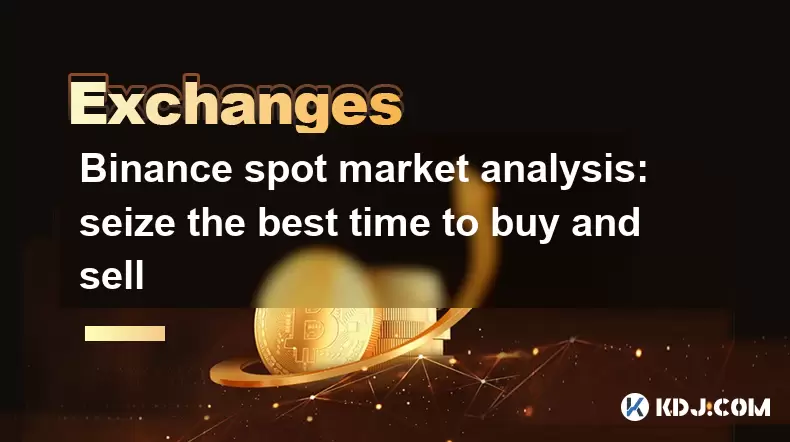
Binance spot market analysis: seize the best time to buy and sell
Jun 19,2025 at 04:56pm
Understanding the Binance Spot MarketThe Binance spot market is one of the most popular platforms for cryptocurrency trading globally. It allows users to trade digital assets at current market prices, making it essential for traders aiming to buy low and sell high. Unlike futures or margin trading, spot trading involves direct ownership of the asset aft...
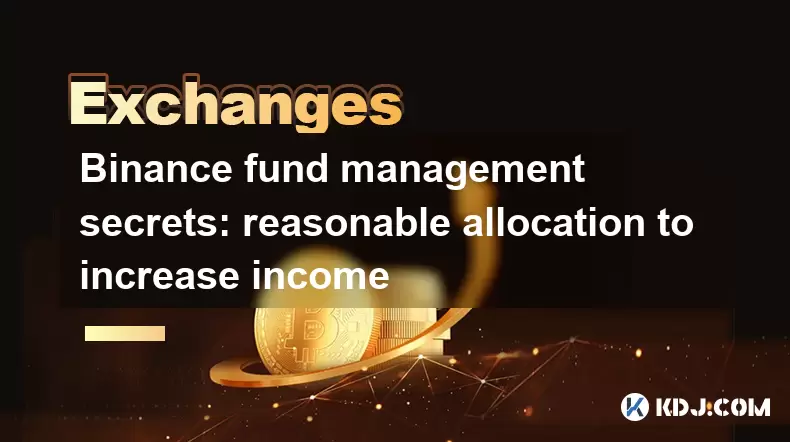
Binance fund management secrets: reasonable allocation to increase income
Jun 22,2025 at 02:29pm
Understanding Binance Fund ManagementBinance fund management involves strategic allocation of your cryptocurrency assets to optimize returns while managing risk. The key to successful fund management lies in understanding how different investment options on the Binance platform can be utilized to create a diversified portfolio. This includes spot tradin...
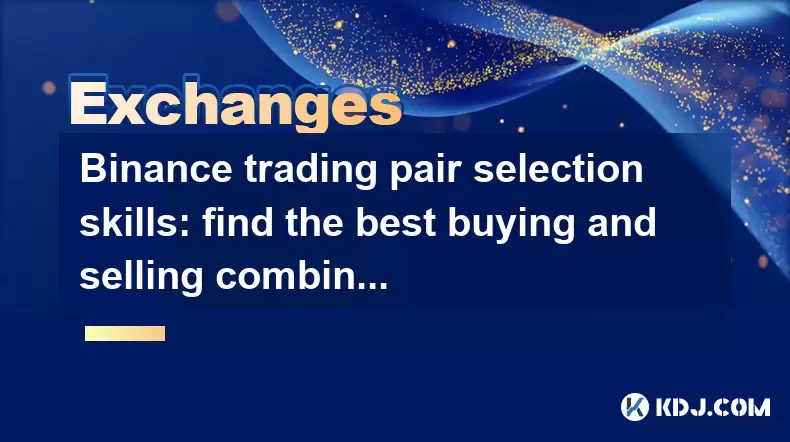
Binance trading pair selection skills: find the best buying and selling combination
Jun 23,2025 at 02:49am
Understanding the Basics of Trading Pairs on BinanceBefore diving into trading pair selection skills, it's essential to understand what a trading pair is. On Binance, a trading pair refers to two cryptocurrencies that can be traded against each other. For example, BTC/USDT means Bitcoin is being traded against Tether. Each trading pair has its own liqui...

Binance new coin mining strategy: participate in Launchpool to earn income
Jun 23,2025 at 11:56am
What is Binance Launchpool and how does it work?Binance Launchpool is a feature introduced by the world’s largest cryptocurrency exchange, Binance, to allow users to earn new tokens through staking. This platform enables users to stake their existing cryptocurrencies (such as BNB, BUSD, or other supported assets) in exchange for newly launched tokens. T...
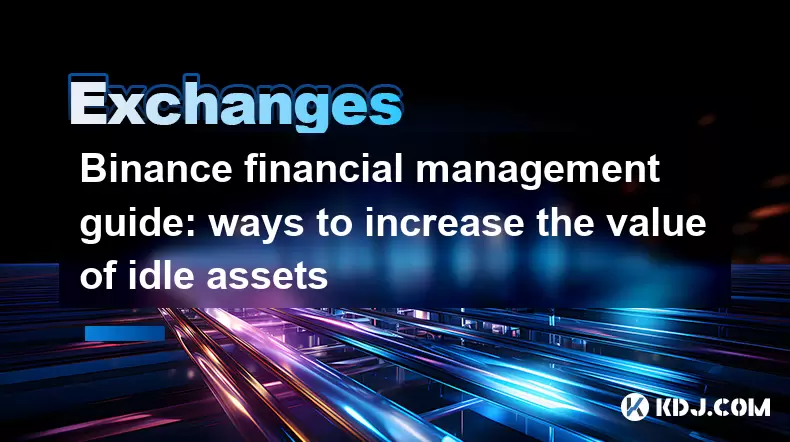
Binance financial management guide: ways to increase the value of idle assets
Jun 19,2025 at 11:22pm
Understanding Idle Assets in the Cryptocurrency SpaceIn the fast-paced world of cryptocurrency, idle assets refer to digital currencies that are not actively being used for trading, staking, or yield farming. Holding these funds in a wallet without utilizing them means missing out on potential growth opportunities. Binance, as one of the leading platfor...
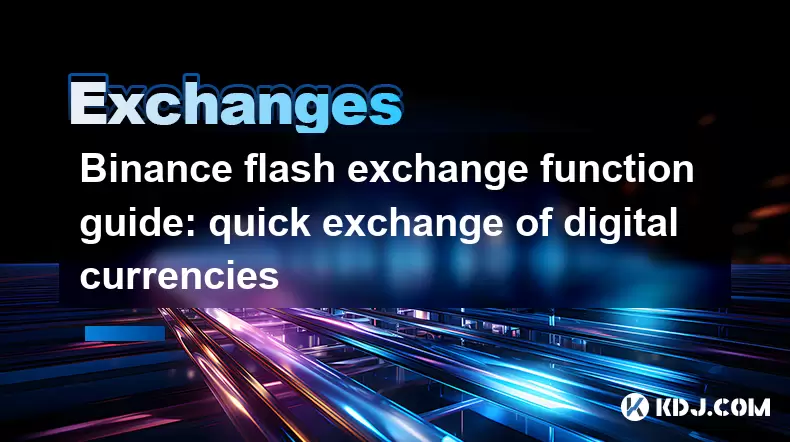
Binance flash exchange function guide: quick exchange of digital currencies
Jun 23,2025 at 12:29pm
What is the Binance Flash Exchange Function?The Binance Flash Exchange function is a powerful tool designed to allow users to instantly swap between supported cryptocurrencies without the need for placing traditional buy/sell orders. This feature simplifies the trading process by offering a direct exchange mechanism, eliminating the requirement to conve...

Binance spot market analysis: seize the best time to buy and sell
Jun 19,2025 at 04:56pm
Understanding the Binance Spot MarketThe Binance spot market is one of the most popular platforms for cryptocurrency trading globally. It allows users to trade digital assets at current market prices, making it essential for traders aiming to buy low and sell high. Unlike futures or margin trading, spot trading involves direct ownership of the asset aft...

Binance fund management secrets: reasonable allocation to increase income
Jun 22,2025 at 02:29pm
Understanding Binance Fund ManagementBinance fund management involves strategic allocation of your cryptocurrency assets to optimize returns while managing risk. The key to successful fund management lies in understanding how different investment options on the Binance platform can be utilized to create a diversified portfolio. This includes spot tradin...

Binance trading pair selection skills: find the best buying and selling combination
Jun 23,2025 at 02:49am
Understanding the Basics of Trading Pairs on BinanceBefore diving into trading pair selection skills, it's essential to understand what a trading pair is. On Binance, a trading pair refers to two cryptocurrencies that can be traded against each other. For example, BTC/USDT means Bitcoin is being traded against Tether. Each trading pair has its own liqui...

Binance new coin mining strategy: participate in Launchpool to earn income
Jun 23,2025 at 11:56am
What is Binance Launchpool and how does it work?Binance Launchpool is a feature introduced by the world’s largest cryptocurrency exchange, Binance, to allow users to earn new tokens through staking. This platform enables users to stake their existing cryptocurrencies (such as BNB, BUSD, or other supported assets) in exchange for newly launched tokens. T...

Binance financial management guide: ways to increase the value of idle assets
Jun 19,2025 at 11:22pm
Understanding Idle Assets in the Cryptocurrency SpaceIn the fast-paced world of cryptocurrency, idle assets refer to digital currencies that are not actively being used for trading, staking, or yield farming. Holding these funds in a wallet without utilizing them means missing out on potential growth opportunities. Binance, as one of the leading platfor...

Binance flash exchange function guide: quick exchange of digital currencies
Jun 23,2025 at 12:29pm
What is the Binance Flash Exchange Function?The Binance Flash Exchange function is a powerful tool designed to allow users to instantly swap between supported cryptocurrencies without the need for placing traditional buy/sell orders. This feature simplifies the trading process by offering a direct exchange mechanism, eliminating the requirement to conve...
See all articles
























































































